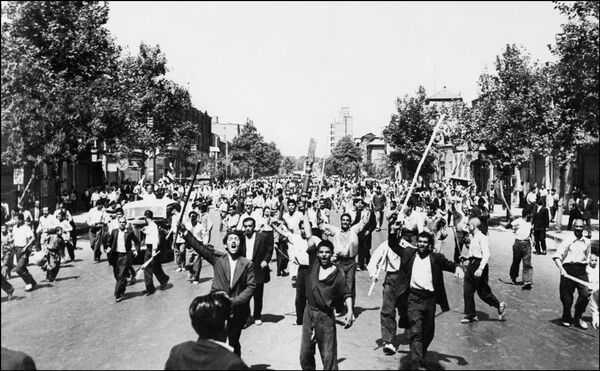Other prime cases in point include Iran and Guatemala.

The 1953 Iranian coup
In 1951, the Iranian government nationalized the British owned Anglo-Iranian Oil Company (AIOC) after the AIOC refused to revise the terms of its lopsided contracts with Tehran. In response, the UK and the US devised a plan, known as Operation Ajax, to remove Prime Minister Mohammad Mosaddegh from power.
The first coup failed, forcing the Shah to flee the country. American and British intelligence services then staged pro-Shah riots that ended in Mosaddegh's arrest. The Shah returned to Iran and ruled for 26 years. He was later deposed in the 1979 Iranian Revolution.

The 1954 Guatemalan coup
In 1944, the Guatemalan Revolution removed US-backed dictator Jorge Ubico from power. His successor, Juan Jose Arevalo became the country's first democratically elected president, who remained in office until 1951. Arevalo's defense minister Jacobo Arbenz was elected the country's next leader.
The United States was opposed to Guatemala's new leadership and their policies. In addition, the US-based United Fruit Company, whose profits were affected by the Guatemalan reforms, lobbied extensively for Arbenz's removal.
US President Dwight D. Eisenhower authorized the CIA to train and arm mercenaries who later deposed Arbenz. The force was led by Carlos Castillo Armas, who became Guatemala's next dictator after the coup.



